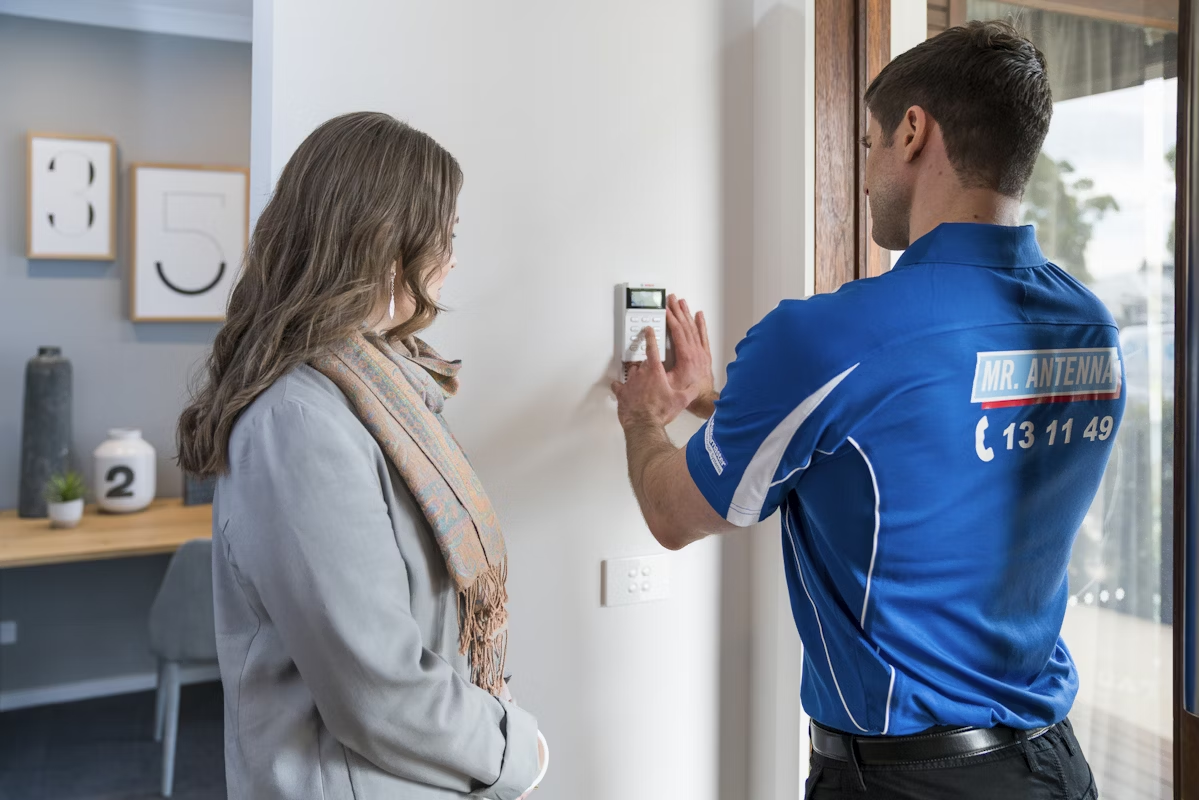
1st August, 2017
Setting up a 4G Ready UHF Amplifier
Commonly, a 4G-ready UHF amplifier has a frequency range of 520-694 megahertz for UHF and 174-230 Megahertz for VHF. The 4G-ready UHF amplifiers have VHS pass through diplexers and they have a minimum gain of 34dB for the UHF.
These can be used as a combination of input amplifiers by simply setting its selector switch to position 1. Or, used purely as the UHF amplifier having a separate input for passive VHF by setting its selector switch to position 2.
Features of 4G Ready UHF Amplifiers
- Gain adjustments of 19dB for the UHF in order to help you adjust your own desired output level
- DC power pass switch in order to pass the power from the output up, to the input, and to the power cascading amplifier
- Built-in low pass 4G filter
- Heavy-duty UV-established casing coupled with cable ties to fit in outdoor spaces (there is a slot found at the back of the amplifier case, where the cable tie can be inserted to fasten the amplifier to a mast)
- Heavy-duty gate and a sliding cover that will offer easy access to the service the points of the cable connection
- DC power of 14 volts (in some cases, not compatible with power supply AC)
Setting Up Your 4G ready UHF amplifier
Before installing, consider the initial steps first. Adjust the output level in order to fit the system using the F-connector. After connecting the output/input cables, close the cable management gate. Slide down the faceplate of the amplifier to protect it against the weather. Now, you are ready to proceed to the next steps.
Once the TV is securely connected to the power supply, you can then connect it to the wall plate. If the wall plate is F-type, the power supply would directly connect it even without an adaptor. If you have an older version and style PAL fitting wall plate, it comes with a power supply. Screw it on a power supply. Then connect your power supply to the wall plate then take a power pack and connect it to an outlet. Switch the power one and wait for the system to become ready.







